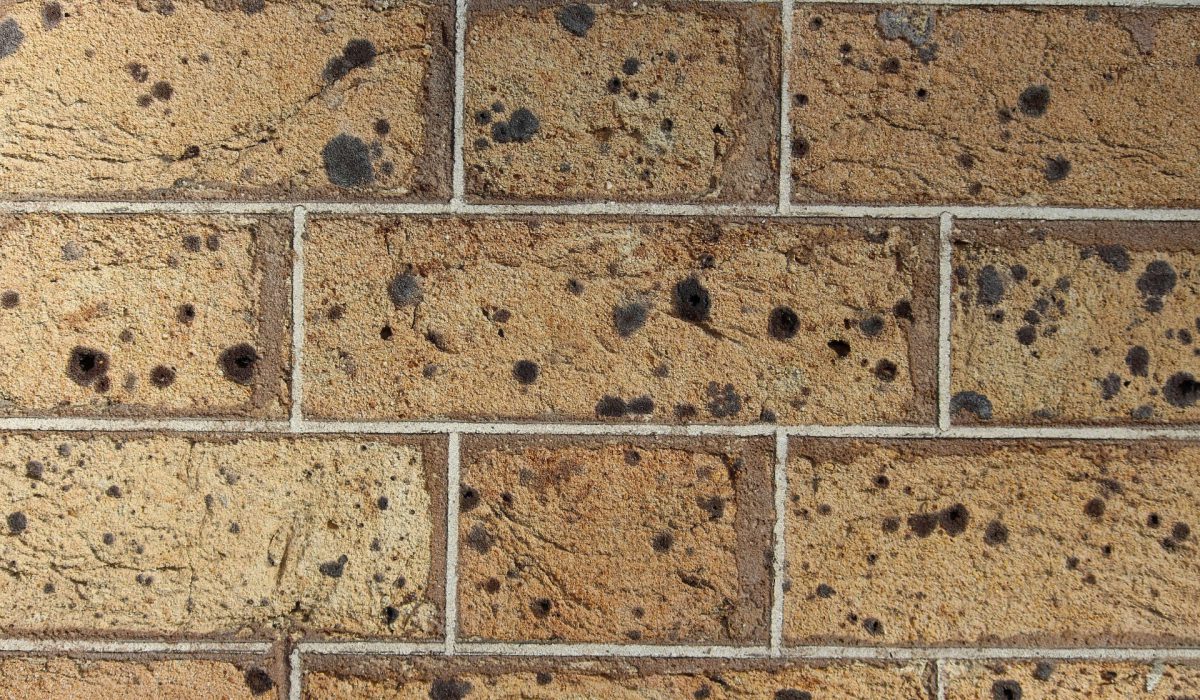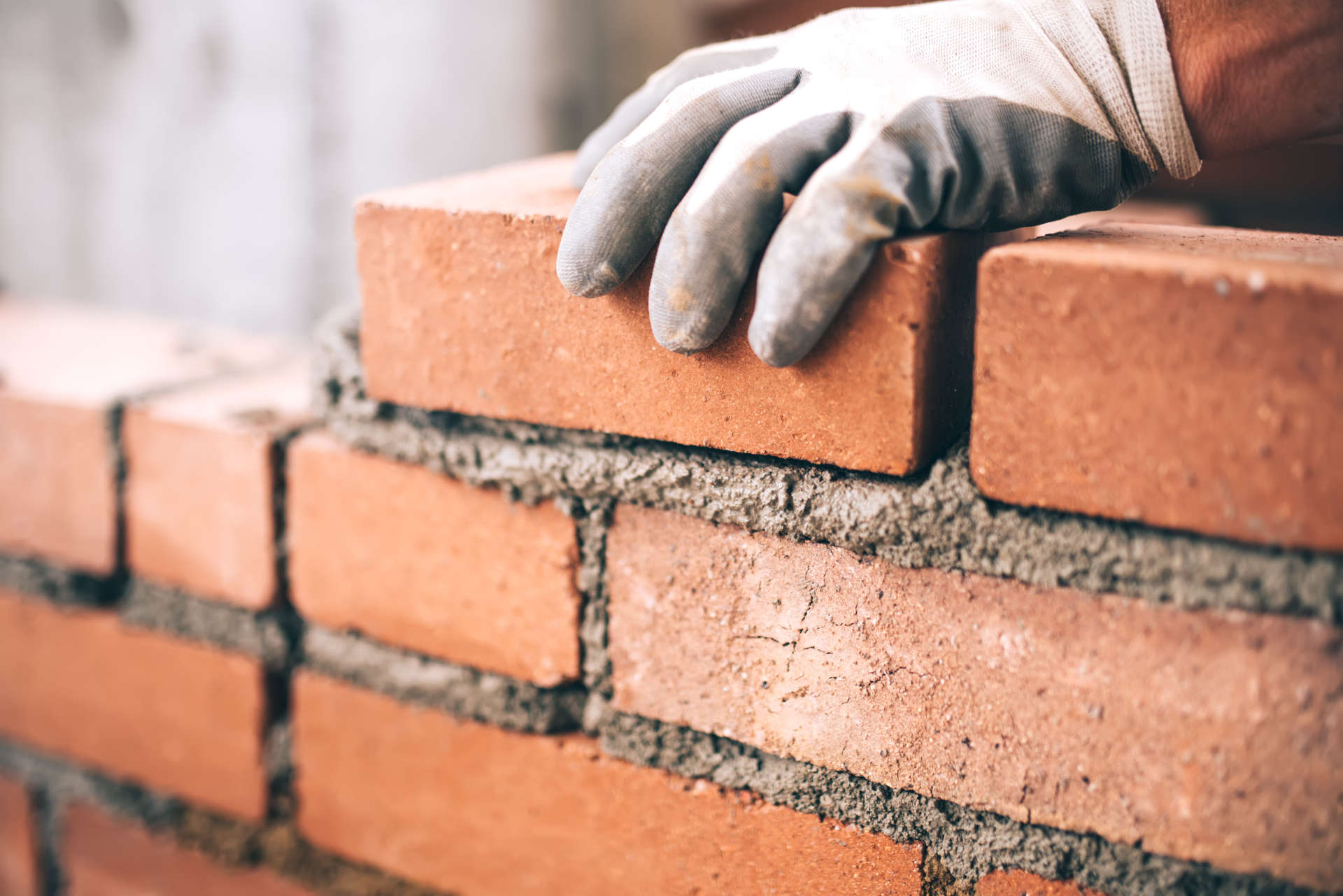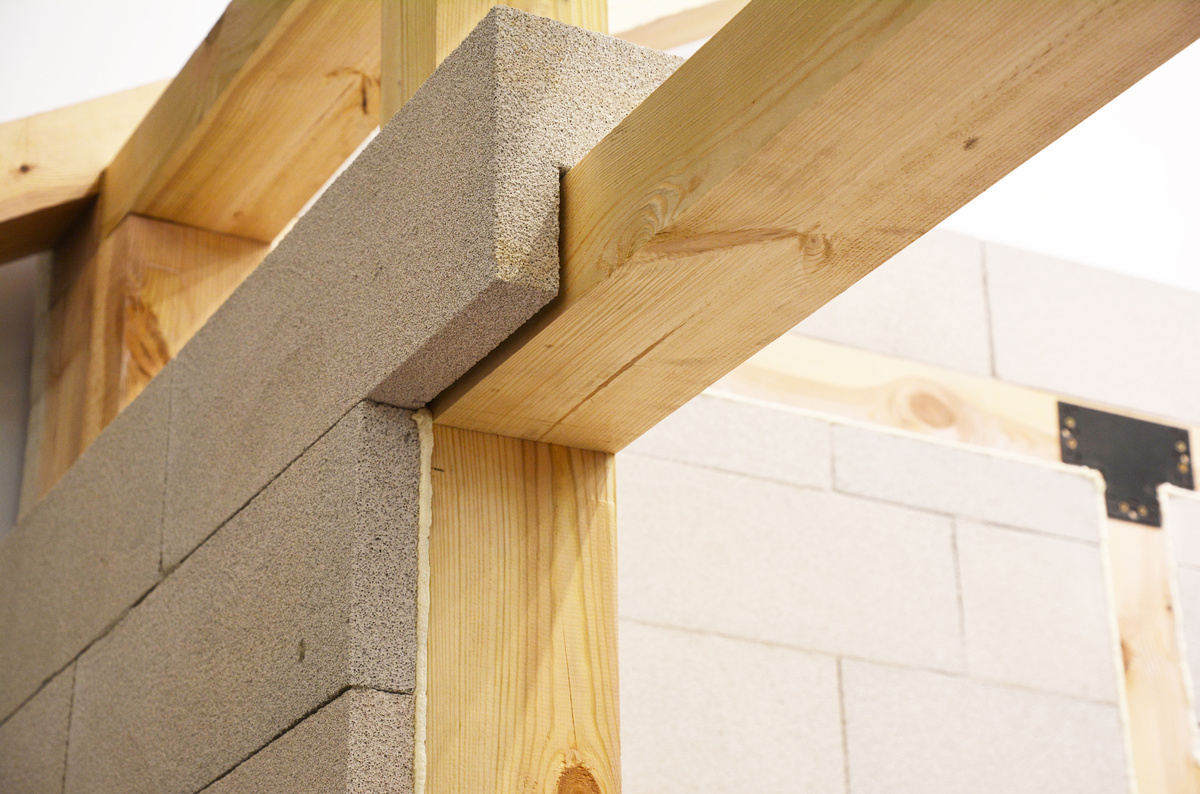5 Problems To Be Familiar With When It Comes To Tuckpointing
Block, stone, or brick could endure close to 100 years. However, the mortar joints tend to endure approximately 20-30 years, based on their constant exposure to varied weather conditions. Currently, tuckpointing is among the most common repair methods. If you observe any evidence of water-caused damages or any cracks in your mortar, you might wonder, “Should I undergo mortar joint repairs, and if so, when is the best time to begin repairs?” An excellent point, this question can be answered easily. Read below our list of the most crucial matters you must know when it comes to tuckpointing.
1. Tuckpointing: What Exactly Is It?
In basic terminology, tuckpointing refers to the steps to follow when performing any maintenance and related repairs of mortar joints in both stone walls and brick walls. Generally performed by raking out or grinding the actual mortar to a specific death, the next step in the tuckpointing process is to fill the void with stronger, new mortar. This labor-intensive method is effective and professional masonry contractors can advise their clients when the time comes to undergo tuckpointing.
2. When is Tuckpointing necessary?
If you have begun to think your wall’s mortar is deteriorating and that it should likely be repaired soon, one simple, minor test can be DIYed prior to calling a tuckpointing company. You may rub (or pass) a sharp object along the mortar then observe whether this powdered material holding your bricks in place begins to crumble. In this situation, no additional clarification is needed. You should find a tuckpointing expert quickly so they may begin mortar repairs. But, if your mortar remains in good condition, A sharp object scratching it will not be able to easily loosen the powdered material. This makes for an easy decision. If the powdered material is easily removed by the sharp object, reach out to professional masonry contractors for assistance.
3. What Are the Advantages of Tuckpointing?
Tuckpointing companies provide a service that is essential and no business owner or homeowner should neglect it. When mortar weakens, moisture can find its way into the stone/brick masonry wall which can quickly trigger moisture issues within the wall itself. If neglected, the possibility of the wall deteriorating and crumbling down increases, as do the chances of causing damage to other properties and potentially injuring people. To avoid this, tuckpointing the wall is important, and if it is properly executed, the wall can survive for many more decades.
4. Additional Reasons to Perform Tuckpointing
The tuckpointing process is critical as it not only saves people considerable time, it also saves them significant money. If masonry restoration is performed after damage has occurred, it will cost much more of both. Tuckpointing should be performed earlier. If you put it off, it is possible the masonry repair will involve entire wall replacement which will be incredibly expensive and time consuming.
5. How To Tell if it is Too Late for Tuckpointing?
If you notice that your wall or chimney is loose, it is likely too late for wall or chimney tuckpointing. In this situation, the only masonry or chimney repair possible involves the demolition of the entire wall and the building of a new wall. Undoubtedly, this is a much more expensive process. The best way to determine your next step is hiring masonry contractors long before any major damage happens. Not only will this save you money, it will save you time as well. Basically, if you cannot be certain which masonry work or chimney service you require, reach out to a professional for assistance.


